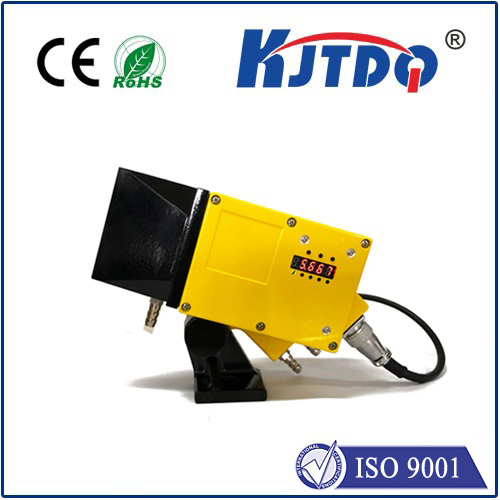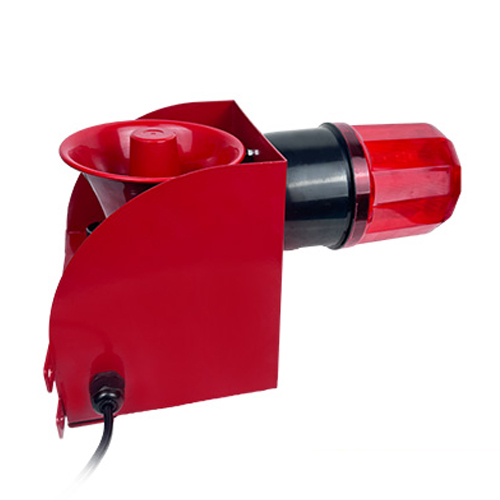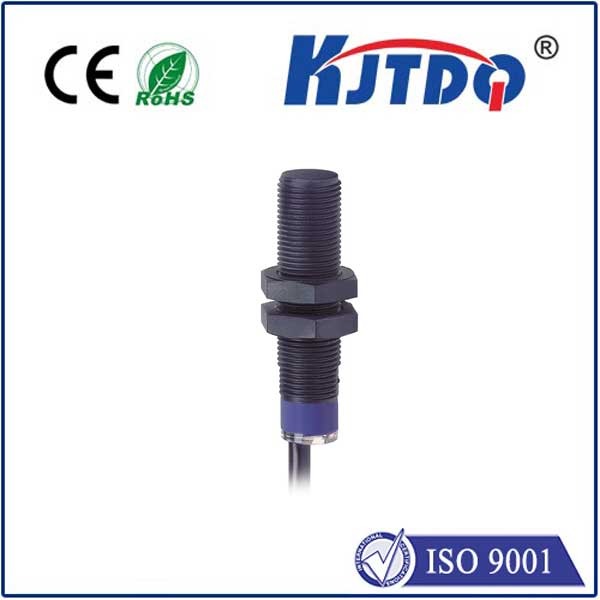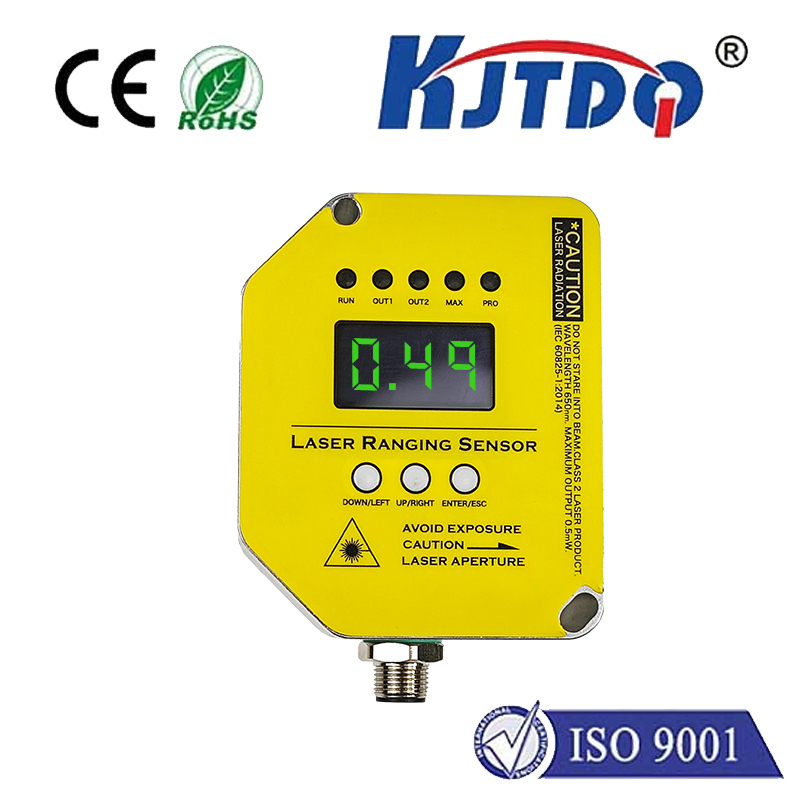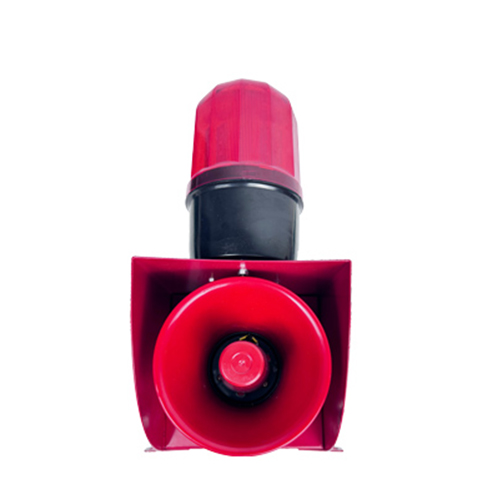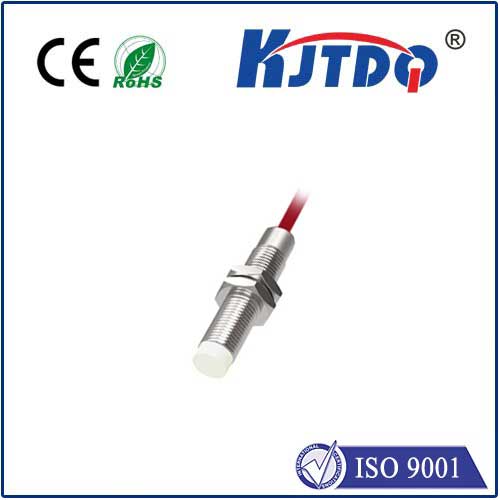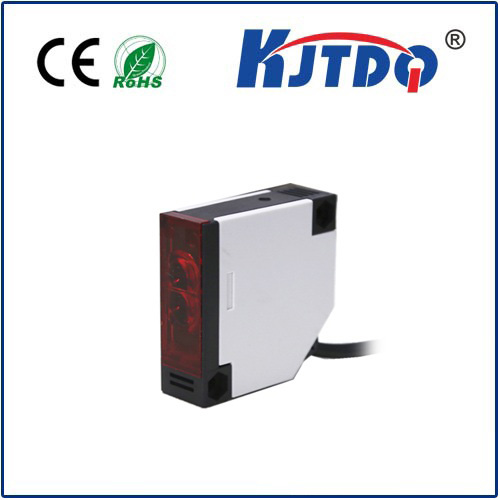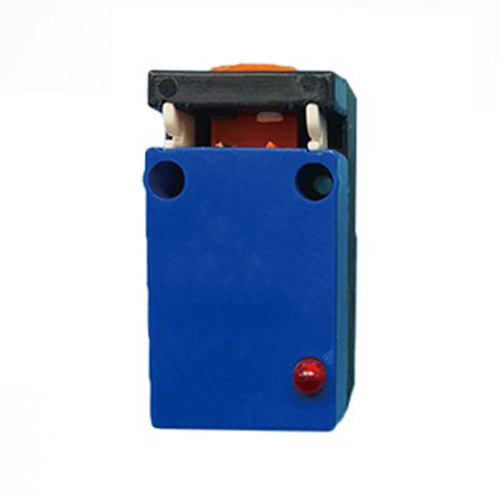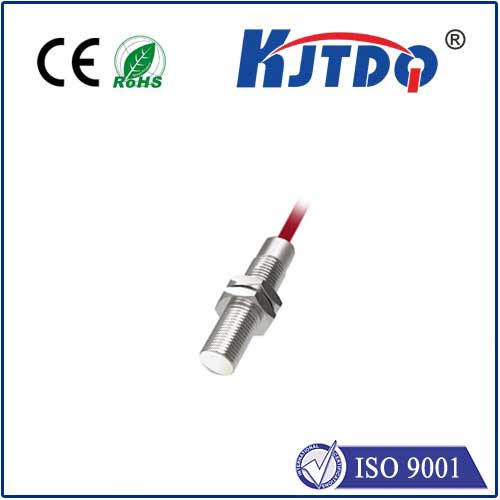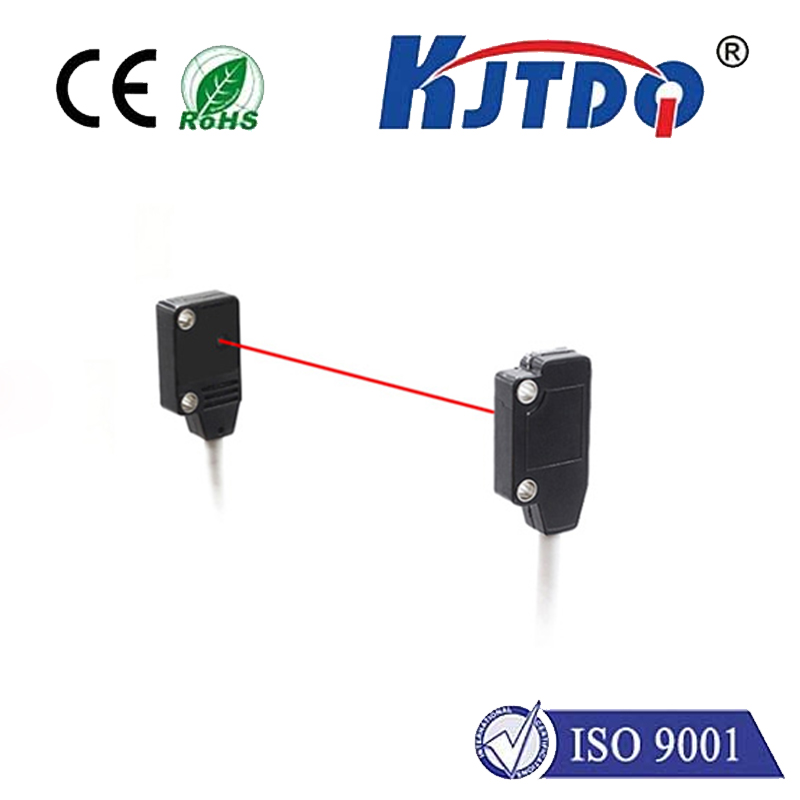

check

check

check

check

check

check

check

check

check

check

Proximity switch reverse connection protection refers to a protection mechanism that prevents the power connection from being mistakenly reversed when using a proximity switch, causing equipment damage or personal safety.
Proximity switches usually need to be connected to an external power supply in order to work properly. However, if the power connection is reversed by mistake, it will cause abnormal working conditions or damage the switch itself. In order to avoid this incorrect connection, proximity switches are usually designed with reverse polarity protection. This protection function can be achieved through circuit design or device structure. Common reverse connection protection mechanisms include:
1. Polarity protection circuit: Add protection diodes or protection resistors and other components to the circuit of the proximity switch to prevent current from passing through the switch in reverse connection by limiting the flow direction of the current.
2. Direct anti-reverse circuit: Through appropriate circuit design, specific components are introduced into the circuit of the proximity switch to prevent the current from passing through the switch in the case of reverse connection.
These components can be fuses, reverse voltage regulators, etc. In short, the purpose of the proximity switch reverse connection protection is to ensure that the switch can work normally when the power is connected in the normal direction, and to prevent switch failure or safety hazards caused by reverse connection of the power supply. This ensures the reliability of the equipment and the safety of users.
